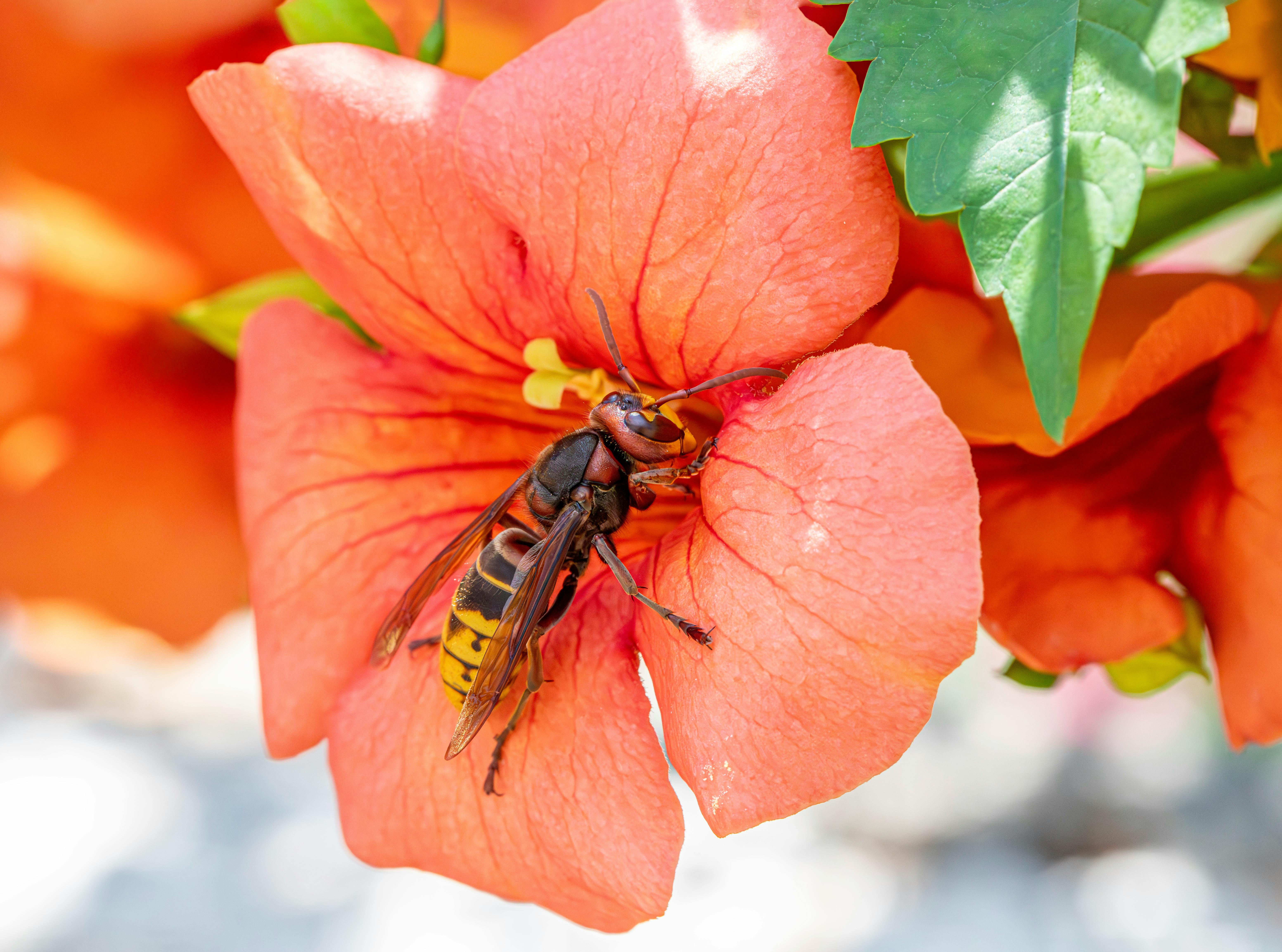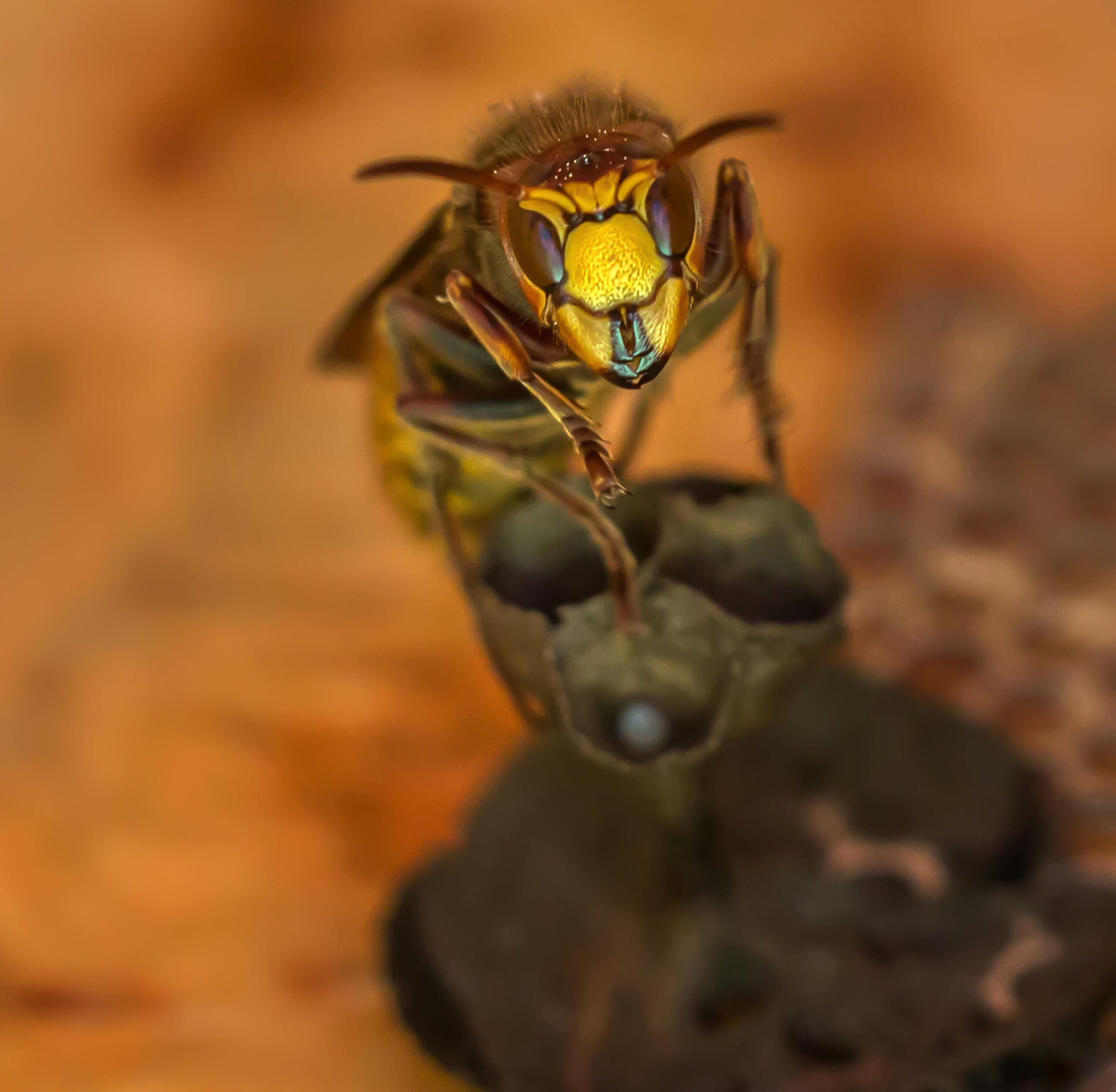Hornissennest: Understanding the Intricacies of Hornet’s Nest
What is a Hornissennest?
A **Hornissennest**, or hornet’s nest, is an intricate structure built by social wasps, which can often induce awe and fear in equal measure. These nests, primarily constructed by the European hornet, are made of chewed wood fibers mixed with saliva, giving them a paper-like appearance. Hornet nests can be found in various locations, including trees, shrubs, and even buildings. Understanding the construction and lifecycle of a **Hornissennest** is crucial for anyone living in areas where these pests are prevalent.

The Anatomy of a Hornissennest
The architecture of a **Hornissennest** is fascinating. Typically, these nests start small, built by a single queen hornet in the spring. As the colony grows, the nest expands, creating multiple layers, each filled with numerous cells for larvae. The outer layer, which is the most recognizable, serves as protection against predators and environmental factors. As adult hornets emerge, they contribute to the nest’s expansion, adding new layers to accommodate their growing population.
Lifecycle of Hornets in a Hornissennest
The lifecycle of hornets within a **Hornissennest** is a marvel of nature. It begins with a fertilized queen emerging from hibernation. She collects materials and builds the initial nest, laying her eggs in the newly formed cells. As larvae mature, they undergo a metamorphosis, eventually becoming adult hornets. The colony continues to thrive throughout the summer months, reaching its peak during late summer, after which the queen and worker hornets will die, leaving behind a nest that may remain dormant until the next spring.
Why Hornissennest Matter: Ecological Role
Understanding the ecological significance of a **Hornissennest** enriches our appreciation for these insects. Hornets serve vital roles in their ecosystems, primarily as predators. They help control populations of pests, including caterpillars and other garden insects, significantly aiding in the natural balance of their habitats. Conversely, hornets often face misconceptions that lead to unnecessary extermination. Instead, fostering a harmony with these creatures can result in a more vibrant ecosystem.
The Benefits of Hornets in Your Garden
Having hornets nearby can actually be beneficial for your garden. They are excellent at keeping pest populations in check, reducing the need for chemical pest control methods that can harm the environment. For instance, one hornet can consume hundreds of caterpillars in a single day, showcasing their robust appetite for garden nuisances. Encouraging hornets to stay nearby can enhance your garden’s health and productivity.
How to Safely Coexist with Hornissennest
Coexisting with a **Hornissennest** is essential for both human safety and hornet preservation. If a nest is located in a high-traffic area, consider contacting local pest control or wildlife services for safe removal. However, if the nest is in a less populated area, it is often best to leave it undisturbed to allow the hornets to fulfill their ecological role. Simple measures such as wearing protective clothing when gardening and avoiding horning behaviors near their nests can also keep you safe while they remain active.
Recognizing Hornissennest Types and Risks
Not all hornets are created equal, and understanding the types of **Hornissennest** can help in identifying potential risks. Common types include the European hornet, which is larger and can be aggressive, and the bald-faced hornet, known for its distinctive black and white coloring. Recognizing these types can help individuals understand better when to engage with a nest and when to seek help, ensuring both personal safety and ecological concern are balanced.
Identifying Dangerous Hornet Species
Not all hornets present the same risk to humans. The Asian giant hornet, for example, has garnered significant media attention for its painful sting and potential threat to honeybee populations. Identifying these dangerous species can help you determine the best course of action. Always observe from a distance and consult local guidelines about hornet activity in your area.
Risks Associated with Hornissennest
While hornets play their ecological roles, they can also pose certain risks to humans. Hornet stings can be painful and, for individuals allergic to them, may trigger severe allergic reactions. Education about the signs of an impending attack—a nest disturbance or close proximity to their territory—can help minimize risks. Keeping calm and avoiding sudden movements are essential when encountering hornets.
Removing a Hornissennest: Dos and Don’ts
Removing a **Hornissennest** requires careful consideration and knowledge. Attempting to remove a nest without the proper equipment or understanding can put you in harm’s way. It’s imperative to know the best times for removal, with cooler evenings being the safest. However, it’s advisable to engage professionals experienced in hornet control for effective and safer removal.
When to Call Professionals
If the nest poses a significant threat to people in your area, it’s crucial to call in professionals. Pest control experts have the training and protective gear to safely remove nests without provoking the hornets. They would inspect the area to determine the best action plan, ensuring everyone remains safe while preserving valuable ecosystem roles.
DIY Removal Methods
If you prefer a DIY approach for small nests, be sure to follow strict safety guidelines. Use appropriate safety gear, including gloves and masks. Equip yourself with a long-reaching spray specifically designed to handle hornets. Approaching the nest at dusk when hornets are less active and cautiously applying the spray can help in eliminating the threat while minimizing the risk of stings.
Key Takeaways
- A **Hornissennest** is a complex structure constructed by hornets that plays a significant ecological role.
- Hornets help control pest populations in gardens, contributing positively to the ecosystem.
- Understanding different hornet species aids in managing risks and maintaining human safety around nests.
- Professional removal is often the safest option for significant hornet nests, while DIY methods require caution.
- Coexisting with hornets can enhance biodiversity, making it worthwhile for gardeners and outdoor enthusiasts alike.
FAQ
1. What materials are used to create a Hornissennest?
A **Hornissennest** is primarily constructed from chewed wood fibers mixed with saliva, forming a paper-like substance. This unique building material not only provides structural integrity but also insulation for the larvae during colder months. Understanding these materials highlights the ingenuity of hornets and their adaptation to various environments.
2. Can hornets return to an old Hornissennest?
Hornets typically do not reuse old nests. Once a colony dies off, the empty **Hornissennest** is usually abandoned. However, some species might build new nests nearby if the conditions are favorable. Observing the old nest can allow for a better understanding of seasonal hornet activity in your area.
3. How can I deter hornets from nesting near my home?
To deter hornets from establishing a **Hornissennest** near your home, ensure that food sources such as garbage and fruit are properly managed. Using commercial repellents or natural deterrents, like peppermint oil, can help as well. Implementing preventive measures can minimize the likelihood of nests forming near living spaces.
4. Are there any benefits to having hornets around?
Yes, hornets serve as natural pest control agents, helping to keep populations of undesirable insects in check. By having hornets nearby, gardeners may experience healthier plants due to reduced pest damage. This ecological balance is vital for maintaining a thriving garden and overall environmental health.
5. What should I do if I get stung by a hornet?
If you are stung by a hornet, first wash the bite area with soap and water to avoid infection. Applying a cold pack can reduce swelling and numb the pain. If you experience severe reactions, such as difficulty breathing or swelling beyond the bite area, seek medical attention immediately, as this could indicate an allergy.
